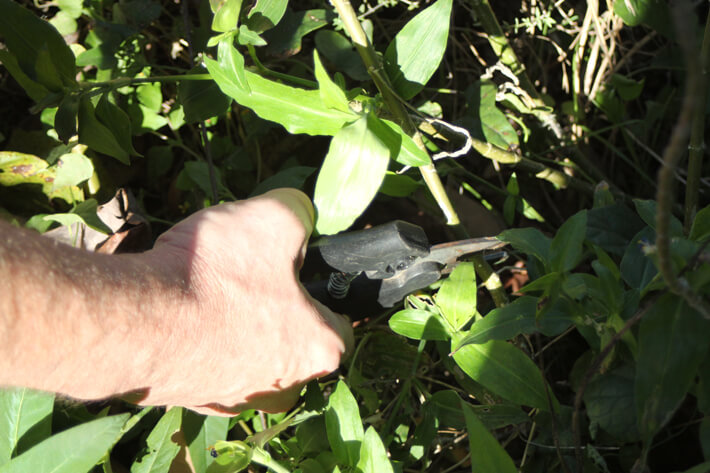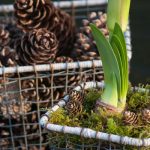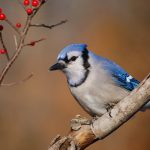The monarchs are on the move. Help them along their journey by planting native milkweed and flowers with lots of nectar.
Milkweed, the Asclepias genus, is the only food of the monarch butterfly caterpillar. Without it, monarchs would die before ever reaching their winter hibernation areas in the mountain forests of Michoacán.
The problem: most of the natural habitat for native milkweed is being eliminated in Texas and across the United States. Even more problematic is the replacement species for home landscapes — tropical milkweed — can play host to a deadly monarch parasite and the potential for pesticide contamination.
Tropical milkweed (Asclepias curassavica), although very attractive with its bright orange and yellow flowers, seldom go dormant in our South Texas climate. The result is possible year-round monarch breeding that leads to an increased likelihood of infection by a protozoan parasite known as Ophryocystis elektroscirrha (OE) and of starvation when both native and tropical milkweed has been eaten.
If a monarch lays eggs on tropical milkweed in the fall, there is a good chance the larvae will become infected by OE. To prevent this from happening, create your own early frost by cutting back all tropical milkweed to four inches above the ground as soon as possible in December, and again the first or second week in January.
Also, follow our sustainable approach to help the monarchs along their journey.
- Plant native milkweed. This includes Texas milkweed, antelope horn milkweed, butterflyweed, zizotes milkweed (seed is hard to find) and swamp milkweed. Although plants may be rare in the nursery, seed is available through mail order.
- If you do use tropical milkweed, use it as a “trap plant” for aphids. Place tropical milkweed on the outside of your garden and allow the aphids to infest it, then cut the plant and place in a plastic bag for disposal.

Cut and dispose
- Use integrated pest management (IPM) practices as much as possible. IPM not only minimizes the use of manufactured chemicals but also includes pest identification and control, proper garden design and the encouragement of natural predators (ladybugs) to control aphids.
- Plant lots of flowers with plenty of nectar. Parents need food to keep them on the move. Peruse our butterfly plant list for ideas.
Let’s get out there and help the monarch butterflies. And let’s do it with common sense and science.

Butterflies in Blue Mist




